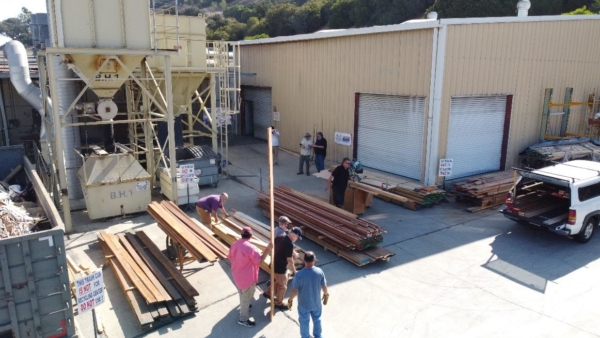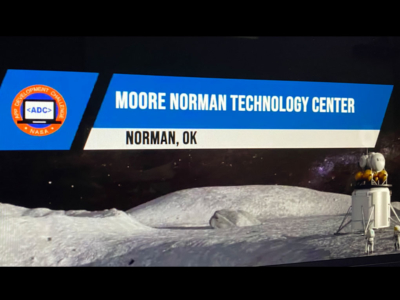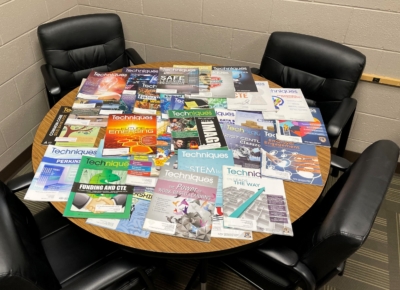 A dream began in 1999 when I took a job at Clinton Technical School in Clinton, Missouri. I became a career and technical education (CTE) teacher in the same building where I was once a CTE student.
A dream began in 1999 when I took a job at Clinton Technical School in Clinton, Missouri. I became a career and technical education (CTE) teacher in the same building where I was once a CTE student.
As a student, I studied business law and accounting, becoming a state competitor in FBLA as a senior in 1993. Just six years later, in 1999, I took a marketing education position down the hallway. Later, I worked as a teacher and administrator at the Career and Technology Center in Fort Osage, Missouri. And, since 2011, I have served as director of Northland Career Center in Platte City, Missouri.
In each of these amazing places, CTE provided me with a purpose in my career. It has been my calling, to watch students learn and grow while finding their pathways into the real world.
Over these past 22 years, I have maintained a passion for learning and innovation. And my most trusted sources for CTE-specific professional development have been the Association of Career and Technical Education (ACTE) and Techniques magazine. I have had the privilege of being a Missouri ACTE member, an ACTE member, and a subscriber of my favorite professional magazine, Techniques, for all 22 years of my career.
Techniques is valuable.
I commend ACTE for its work with the Southern Regional Education Board (SREB) and Advance CTE. By attending ACTE national conferences and reading Techniques, I learned about SREB’s Technology Centers that Work (TCTW) initiative and Advance CTE’s career clusters. Techniques and ACTE provide members like me with meaningful and relevant articles that ignite effective instruction and school improvement.
As Techniques turns 25 in 2021, I celebrate the impact this publication has had on my career and on the careers of many of my colleagues. In each of my roles in CTE, I have turned to Techniques for a variety of reasons.Consistently, I knew I could find inspiration and innovation in facilitating CTE instruction and leadership.
Techniques is versatile.
The versatility of Techniques for CTE educators is unmatched. Innovative instruction, CTE funding, marketing, work-based learning, experiential learning, career pathway development, and leadership. These are only some of the many concepts that educators can read about in print or on the digital site.
Techniques offers additional benefits in my life, outside the classroom. Additionally, Techniques has helped expand my knowledge of career pathways available for my children, who possess very different skill sets and interests.
In my own educational advancement, I have resourced many Techniques articles in written work. In fact, in a paper I wrote during the final stages of my Education Specialist degree, I cited 19 articles from various issues of Techniques, including from my favorite issue of all time — Changing the Image of CTE (2011).I also have recommended issues for other CTE educators pursuing their own research. Techniques is NCC’s go-to publication when seeking stories of CTE success from across the country.
Techniques turns 25.
Along with all of my personal and professional appreciations for Techniques, it is important to note the broader impact: Techniques turning 25 aligns with a rebirth of CTE. Techniques has helped guide the shift to a whole new world of CTE in 2021. CTE is now having its moment in the spotlight, and Techniques has been a catalyst in changing its image.
Amid these exciting times for CTE, this anniversary year for Techniques happens to occur during a unique time in our society. This past fall, Northland Career Center celebrated 40 years. And we celebrated as best as we could during a pandemic, showcasing the past, present and future of our organization.
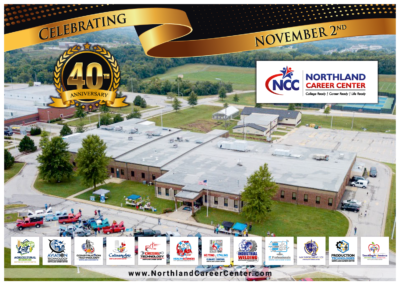
Best wishes to Techniques as they celebrate an anniversary during these unusual times. The past offers history and tradition. The present offers insight and direction, and the future offers an important connection to tomorrow for CTE educators. Cheers to the next 25 years, Techniques!
Brian Noller is director of Northland Career Center. Prior to this role, he served as a marketing teacher and DECA adviser at Clinton Public Schools >amp; Fort Osage School District, also as assistant director and summer school director at Fort Osage Career >amp; Technology Center. Noller has dedicated a commitment to CTE. He is married to Anita Noller and together they have two children, Camden (11) and Delayna (8). Email or reach out on Twitter.
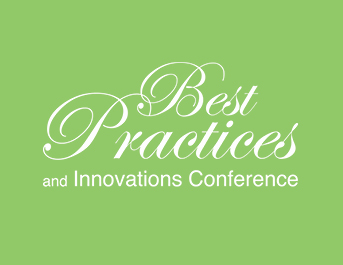


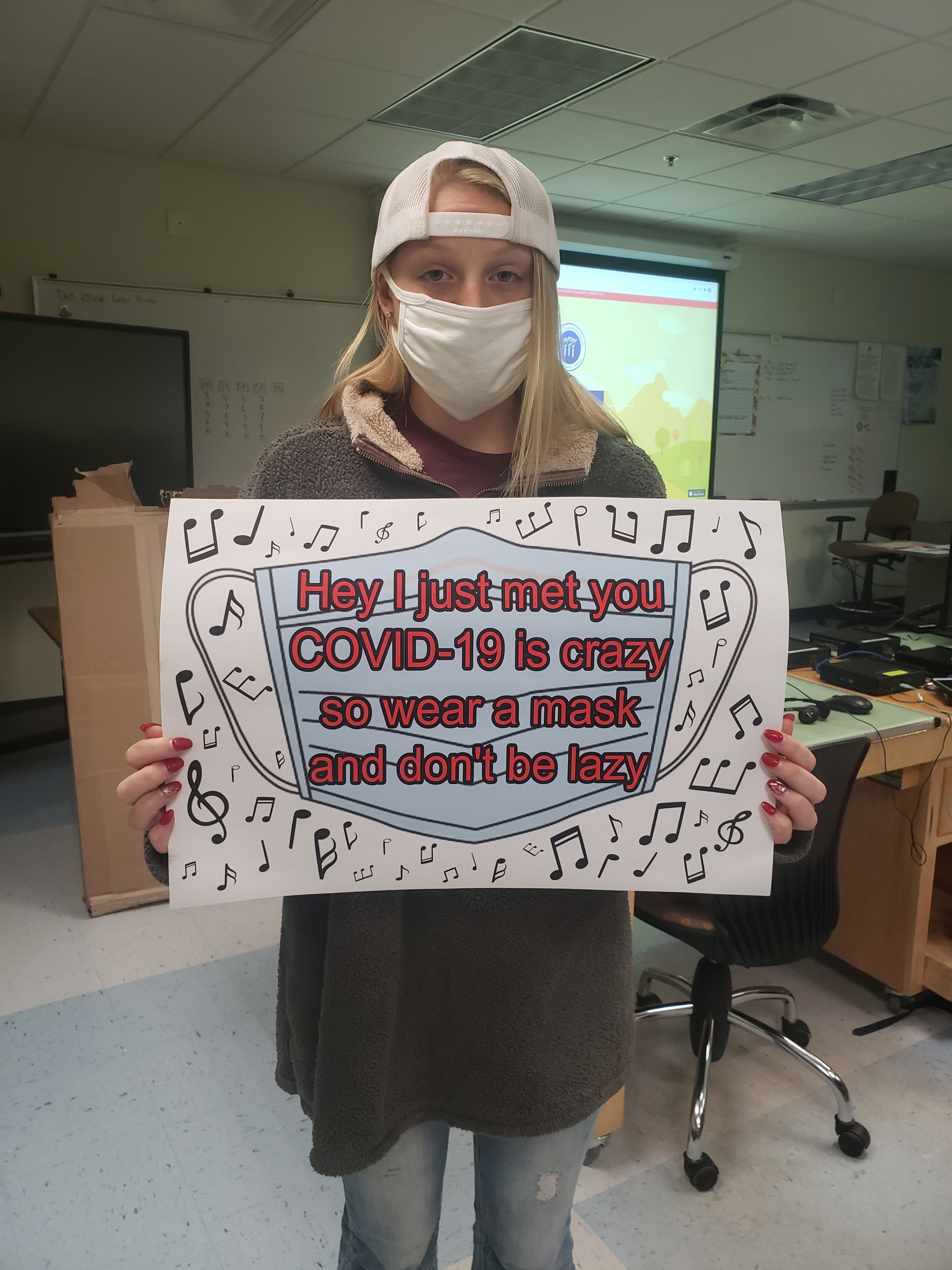
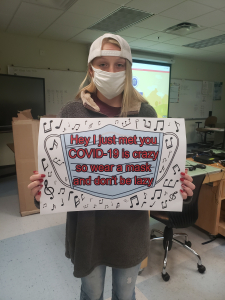
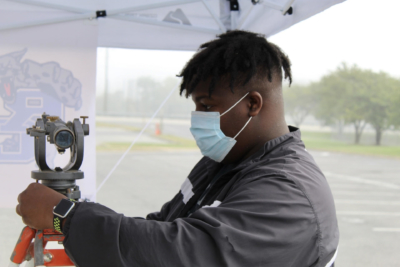
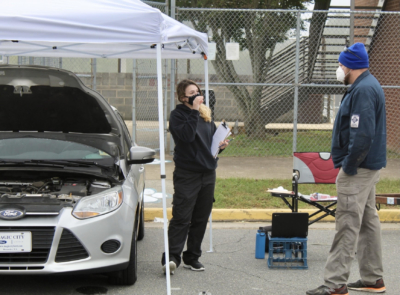 Welcome to our new series, COVID-19 Innovations. Here, we chronicle the innovative ways that career and technical educators continue to engage students as lifelong learners and prepare them for rewarding careers, even as the COVID-19 pandemic has upended the 2020–21 school year.
Welcome to our new series, COVID-19 Innovations. Here, we chronicle the innovative ways that career and technical educators continue to engage students as lifelong learners and prepare them for rewarding careers, even as the COVID-19 pandemic has upended the 2020–21 school year.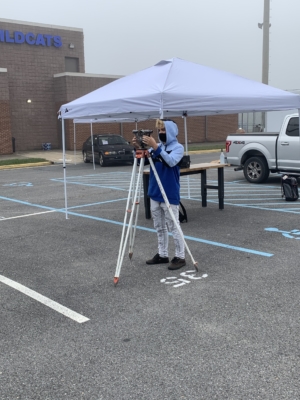
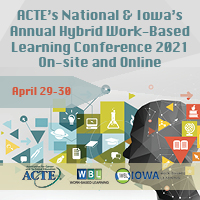

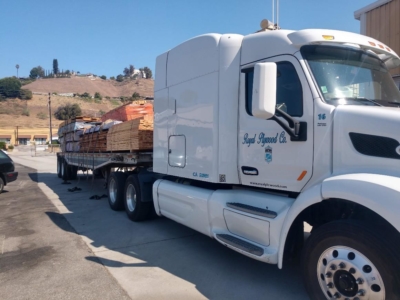 Woodworking teachers faced a challenge that might sound familiar to many career and technical education (CTE) teachers: how to make it work while distance learning. The answer: with strong support from industry. The Society of Wood Manufacturing (SWM) and its members donated materials, supplies and funding to benefit CTE students in California. SWM reallocated budget and resources to help as many teachers and students as possible. They identified three specific areas for support:
Woodworking teachers faced a challenge that might sound familiar to many career and technical education (CTE) teachers: how to make it work while distance learning. The answer: with strong support from industry. The Society of Wood Manufacturing (SWM) and its members donated materials, supplies and funding to benefit CTE students in California. SWM reallocated budget and resources to help as many teachers and students as possible. They identified three specific areas for support: